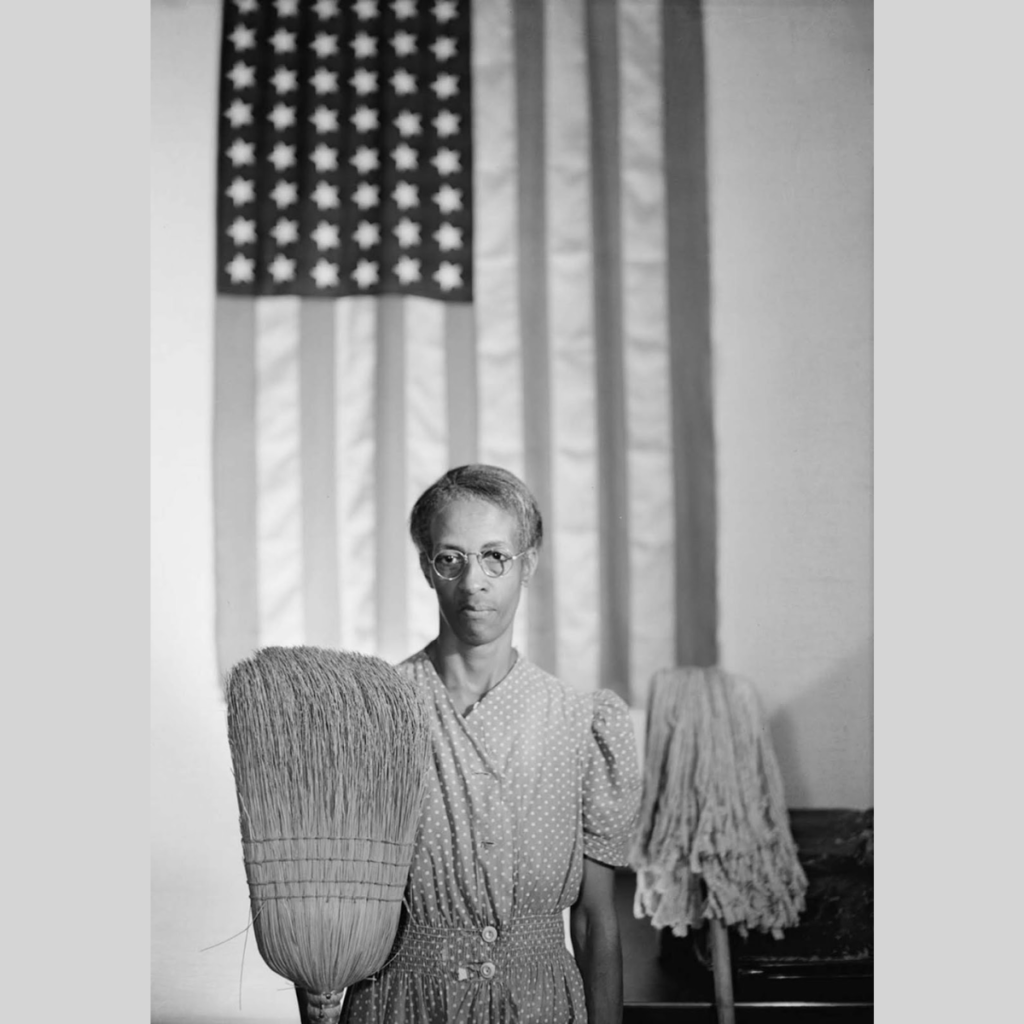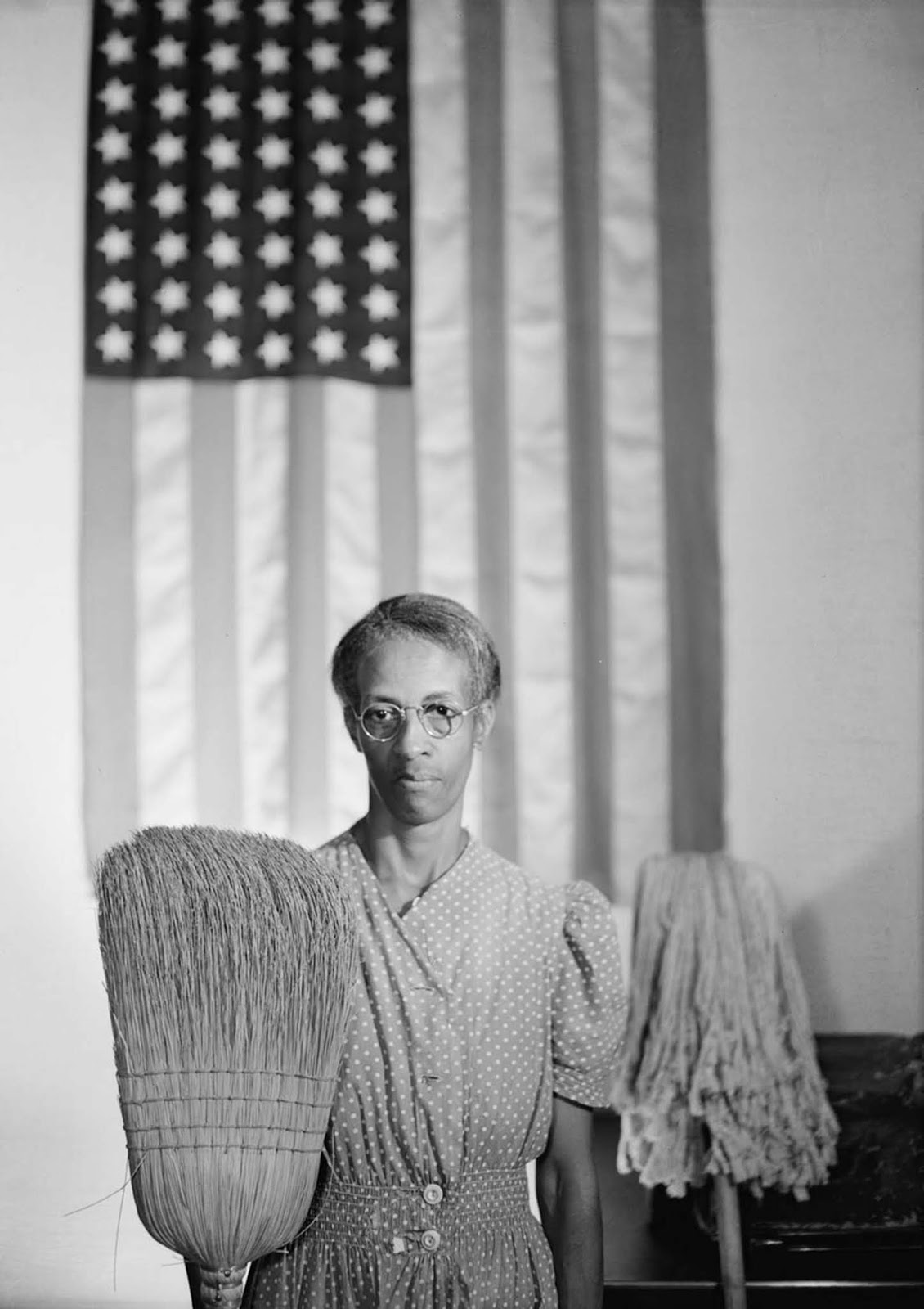
 As the 15th child of black Kansas sharecroppers, Gordon Parks knew poverty. But he didn’t experience virulent racism until he arrived in Washington in 1942 for a fellowship at the Farm Security Administration (FSA). Parks, who would go on to became the first African-American photographer at LIFE, was stunned.
As the 15th child of black Kansas sharecroppers, Gordon Parks knew poverty. But he didn’t experience virulent racism until he arrived in Washington in 1942 for a fellowship at the Farm Security Administration (FSA). Parks, who would go on to became the first African-American photographer at LIFE, was stunned.
“White restaurants made me enter through the back door. White theaters wouldn’t even let me in the door,” he recalled. Refusing to be cowed, Parks searched out older African Americans to document how they dealt with such daily indignities and came across Ella Watson, who worked in the FSA’s building.
She told him of her life of struggle, of a father murdered by a lynch mob, of a husband shot to death. He photographed Watson as she went about her day, culminating in his American Gothic, a clear parody of Grant Wood’s iconic 1930 oil painting.
It served as an indictment of the treatment of African Americans by accentuating the inequality in “the land of the free” and came to symbolize life in pre-civil rights America.
“What the camera had to do was expose the evils of racism,” Parks later observed, “by showing the people who suffered most under it.”